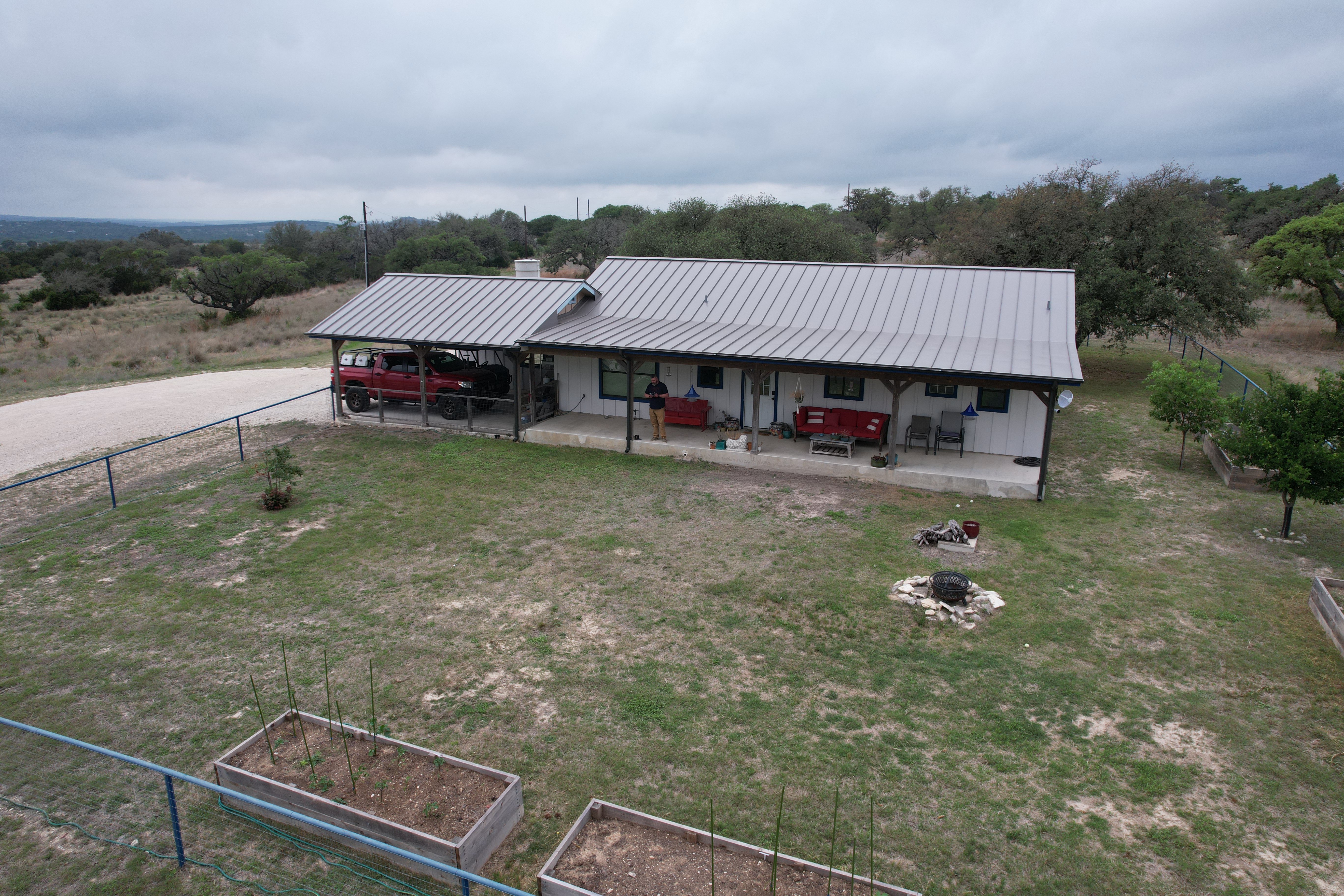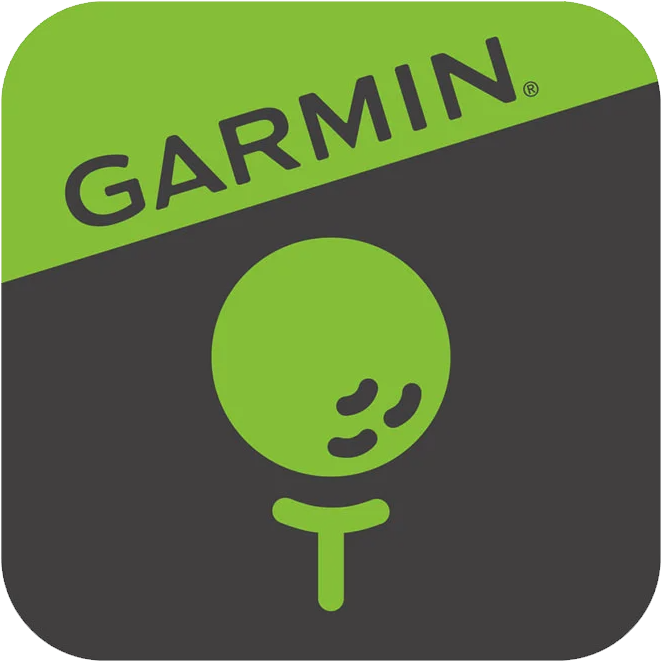Leading distributed SRE teams isn’t just about having the right video conferencing software. After a year of managing 40+ engineers across multiple time zones from my home office in Bandera, Texas, I’ve built a comprehensive toolkit of systems that make remote leadership not just possible, but powerful. Here’s the practical playbook I wish I’d had when I started.
The Foundation: Async-First Communication Architecture
The biggest mistake I see remote managers make is trying to recreate office dynamics online. Instead, I built an async-first communication system with clear escalation paths.
The Communication Pyramid
🚨 Emergency (PagerDuty/Phone): Production down, security incidents
📱 Urgent (Slack DM): Needs response within 2-4 hours
💬 Normal (Team Slack): 24-hour response expected
📧 FYI (Email/Docs): No response needed
Implementation tip: We use Slack workflows to automatically categorize messages. Team members prefix messages with [URGENT], [FYI], or [DECISION-NEEDED] to set clear expectations.
System 1: The Digital Office Hours Framework
At Apple, informal conversations happened naturally. Remotely, I had to engineer them.
What It Looks Like:
- Monday Morning Coffee: 30-min optional video call, no agenda
- Wednesday Workshop: 1-hour deep dive on a technical topic
- Friday Wins: 15-min team celebration of the week’s accomplishments
- Always-On Room: A Zoom room that’s always open for drop-ins
The Results:
- 73% reduction in “quick question” DMs
- 45% increase in cross-team collaboration
- Engineers report feeling more connected despite being distributed
System 2: The Visibility Dashboard
When you can’t see your team, you need systems that create visibility without surveillance.
Our Stack:
- Datadog: Real-time system health and SLO tracking
- Linear: Engineering project tracking with public roadmaps
- Confluence: Async status updates and documentation
- Custom Slack Bot: Daily automated team check-ins
The Daily Standup Bot:
# Posts at 9 AM in each team member's local timezone
questions = [
"What did you accomplish yesterday?",
"What are you working on today?",
"Any blockers?",
"How are you feeling? (🟢🟡🔴)"
]
The emoji check-in has been surprisingly effective for catching early signs of burnout.
System 3: The Decision-Making Framework
Remote teams can get stuck in endless Slack threads. I implemented RAPID decision-making with a twist:
The Process:
-
Proposal posted in dedicated Slack channel with:
- Problem statement
- Proposed solution
- RAPID roles assigned
- Decision deadline
-
Discussion happens async in threads
-
Decision recorded in our decision log with:
- What we decided
- Why we decided it
- Who was involved
- When we’ll revisit
Template Example:
## Decision: Migration to Kubernetes
**Recommend**: Platform Team
**Approve**: Engineering Director
**Perform**: SRE Team
**Input**: Security, Network Teams
**Decide**: VP of Engineering
**Deadline**: Friday, 5 PM CT
Traditional performance management assumes you can observe people working. My system focuses on outcomes and growth.
Quarterly Components:
- Self-Assessment (What went well/poorly/learned)
- Peer Feedback (360-degree via Culture Amp)
- Metrics Review (Deployment frequency, MTTR, SLO achievement)
- Growth Planning (Skills matrix + learning goals)
The 1:1 Framework:
Week 1: Career development focus
Week 2: Project/tactical focus
Week 3: Skip-level with my manager
Week 4: Team dynamics and culture
System 5: The Knowledge Management System
Documentation is the lifeblood of distributed teams. We treat it like code.
Our Approach:
- Docs as Code: All documentation in Git with PR reviews
- Templates for Everything: Runbooks, postmortems, project specs
- Video Library: Record important meetings and decisions
- Search-First Design: Everything tagged and indexed
The Runbook Standard:
title: Service Name Runbook
owners: [team-name]
last-reviewed: 2025-07-15
slo: 99.9%
sections:
- architecture
- common-issues
- escalation
- monitoring-links
Culture doesn’t happen by accident in remote teams. It needs systems.
What Works:
- Virtual Coffee Roulette: Bot randomly pairs people for 15-min chats
- Show and Tell Fridays: Engineers demo personal projects
- Remote Team Retreats: Quarterly in-person gatherings
- Slack Celebrations: #kudos channel with monthly recognition
What Doesn’t:
- Mandatory virtual happy hours
- Zoom backgrounds as “team building”
- Trust falls over video calls (yes, someone suggested this)
System 7: The Incident Management Evolution
Remote incident management requires different muscle memory than huddling in a war room.
Our Setup:
- Dedicated Incident Slack Channels: Auto-created by PagerDuty
- Video Bridge: Always use video during incidents
- Clear Roles: IC, Scribe, Comms, Tech Lead
- Follow-the-Sun: Handoffs across time zones with detailed context
The Handoff Template:
Current State: [System status]
What We Know: [Root cause hypothesis]
What We've Tried: [Actions taken]
Next Steps: [Planned actions]
Who's On Point: [Name + contact]
System 8: The Onboarding Machine
New team members can’t learn by osmosis. They need structure.
Week 1-4 Checklist:
- Week 1: Tech stack setup + architecture overview
- Week 2: Shadow on-call + first PR
- Week 3: Own first small project
- Week 4: Present learnings to team
The Buddy System:
Each new hire gets:
- Onboarding buddy (peer)
- Technical mentor (senior engineer)
- Culture guide (team lead)
After testing dozens of tools, here’s what stuck:
Essential:
- Slack: Async communication hub
- Zoom: Video calls with good recording
- Miro: Virtual whiteboarding that actually works
- Calendly: Solving the timezone puzzle
- Loom: Quick video explanations
Nice to Have:
- Donut: Automated coffee chat pairings
- Clockwise: Calendar optimization
- Otter.ai: Meeting transcriptions
- Gathered: Virtual office space
Metrics That Matter
How do you know if your remote systems are working?
What I Track:
- Response Time: How quickly do people get unblocked?
- Meeting Health: % of meetings with clear outcomes
- Documentation Coverage: % of systems with current runbooks
- Team NPS: Monthly pulse surveys
- Delivery Velocity: Features shipped per sprint
Red Flags:
- Increasing after-hours Slack messages
- Declining participation in optional meetings
- Growing backlog of decisions
- Reduced cross-team collaboration
The Mindset Shifts
The tools are just the beginning. Leading remote teams requires fundamental mindset shifts:
- From Presence to Output: Judge performance by results, not hours online
- From Sync to Async: Default to async unless real-time is essential
- From Control to Trust: Give autonomy and expect accountability
- From Implicit to Explicit: Document everything, assume nothing
Lessons from the Ranch
Working from rural Texas has taught me that constraints breed creativity. Limited internet bandwidth forced us to optimize our tools. The 2-hour time difference from the West Coast made us better at async communication. Even the occasional tractor driving by during calls reminds everyone that great engineering can happen anywhere.
What’s Next
Remote work isn’t a temporary solution—it’s the future of engineering teams. The systems I’ve built aren’t perfect, but they’ve transformed a traditionally on-site organization into a high-performing distributed engineering culture.
The key is to be intentional. Every process, every tool, every meeting needs to justify its existence in a remote context. If it doesn’t make distributed teams more effective, it doesn’t belong in your toolkit.
As I continue to refine these systems from my home office, watching the Texas sun set over the hills, I’m reminded that the best engineering happens when we remove barriers, not when we add them. Geography is just another barrier we’ve learned to overcome.
What systems have you built for remote engineering leadership? What’s worked and what hasn’t? Share your toolkit in the comments—we’re all learning together.





